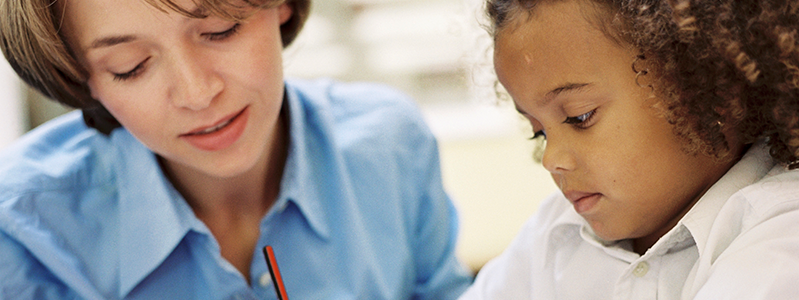This booklet contains
- A short summary of what scientific research says about how children learn to read and write
- Things you can do with your child at three different grade levels--kindergarten, first grade, and second and third grades--to help him become a reader, as well as what to look for in quality reading instruction at each grade level
- A list of helpful terms. Throughout the booklet, these terms appear in bold type.
- Ideas for books to read and organizations to contact if you would like more help or information
This resource is a part of the Tool Kit on Teaching and Assessing Students With Disabilities (2004, archived)
